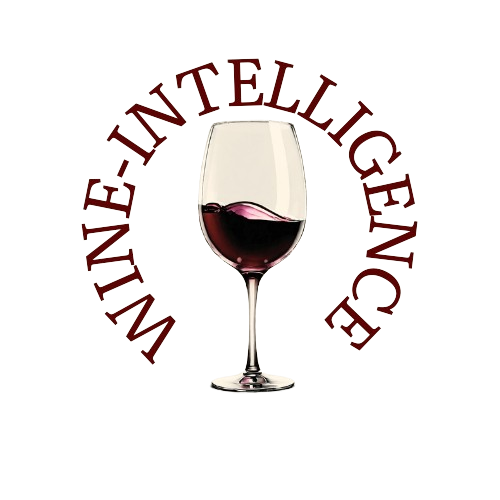The Russian alcoholic beverage market witnessed a significant decline in retail sales in the first two months of 2025.
According to data from the Federal Service for Alcohol and Tobacco Control (RATC), total sales of alcoholic beverages (excluding beer, cider, perry, and mead) fell by 12.2% year-over-year to 32 million decaliters (dal). This marks a return to the sales levels of 2020 after several years of continuous growth.
One contributing factor to this downturn is the reclassification of certain beverages in 2024. Low-alcohol products, grape-containing drinks, and fruit-based alcoholic beverages were moved to the "fermented beverages" category, impacting overall sales figures.
Breakdown by Category: Vodka and Cognac Decline, Still Wine Holds Strong
Among alcoholic beverages with a strength of over 9%, sales dropped by 2.2%, totaling 18.7 million dal in early 2025. Some of the most notable declines include:
- Vodka: -5.1% to 11.4 million dal
- Cognac: -10.7% to 2.1 million dal
- Sparkling wine: -1.4% to 3.4 million dal
- Liqueur wines: -4.9% to 179.1 thousand dal
On the other hand, liqueur and vodka-based products saw a 14.8% rise to 2.8 million dal, while the "other alcoholic beverages" category increased by 4%, reaching 2.2 million dal.
Interestingly, still wine sales rose by 1.6%, reaching 8.5 million dal, marking one of the few categories showing growth amid an overall market contraction.
Steep Decline in Low-Alcohol and Fruit-Based Drinks
The most significant drop was seen in low-alcohol products, which plunged by 88.8% to just 330.6 thousand dal. Sales of grape-containing drinks without ethyl alcohol fell by 56.7%, while those containing ethyl alcohol declined by 5.2%. Fruit-based alcoholic beverages also recorded a sharp decrease of 71.6%, amounting to 553.5 thousand dal.
Market Trends and Future Outlook
In 2024, total alcohol sales in Russia reached 226.9 million dal, reflecting a 1.1% decline from 2023. Notably, wine sales (81.9 million dal) surpassed vodka sales (76 million dal) in volume, signaling a shift in consumer preferences.
The decline in early 2025 suggests a mix of regulatory changes, evolving consumption trends, and possible economic factors affecting the Russian alcohol market. Moving forward, the industry will need to adapt to these shifts while monitoring how different categories perform in response to consumer demand and policy adjustments.
Source: RBC Vino

